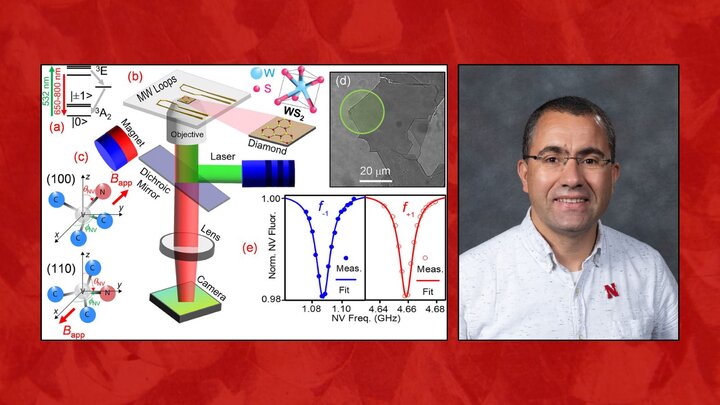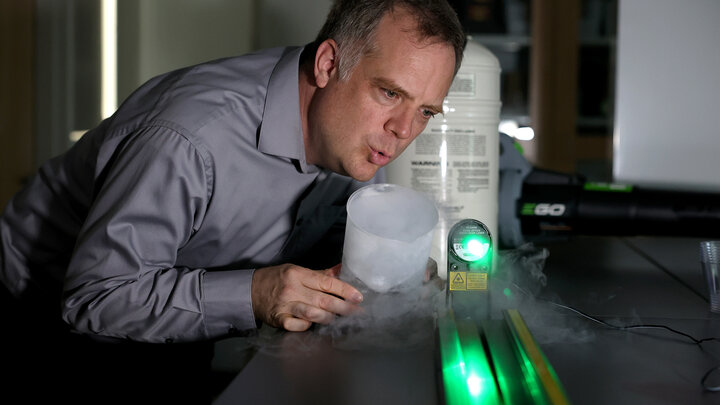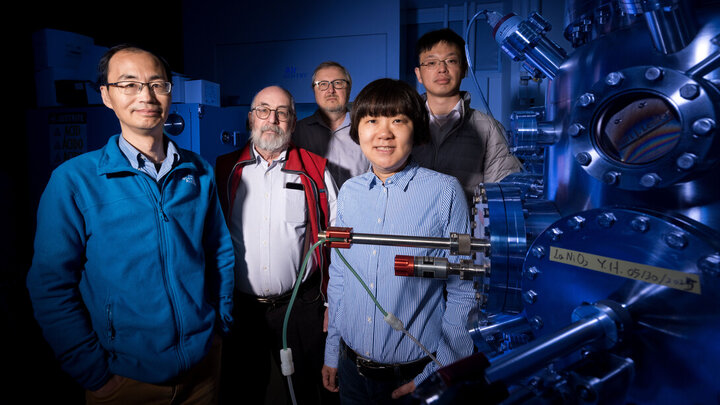A cutting-edge international research effort has unveiled direct evidence of edge-localized magnetism in tungsten disulfide (WS₂), a 2D material renowned for its exceptional electronic and optical properties. Published in the high-impact journal Advanced Functional Materials (Impact Factor ~19), the study opens a new frontier for spintronic applications using 2D materials, especially by exploiting magnetism precisely at their edges.
The findings position WS₂ as a viable platform for edge-controlled spintronics, where information could be stored or processed using the orientation of electron spins at atomic boundaries. Edge magnetism, if properly controlled, could lead to a new generation of ultra-compact, energy-efficient memory or logic devices. Furthermore, the demonstrated use of NV magnetometry to spatially resolve such weak, edge-specific fields provides a template for studying other 2D materials where magnetic effects are predicted but hard to isolate.
Led by EQUATE researchers in Prof. Abdelghani Laraoui's group, in collaboration with Prof. Carlos Meriles (City College of New York), Dr. Ilja Fesenko (University of Latvia), Prof. Toshu An (JAIST), the Naval Research Laboratory, and Drs. Xia Hong (FRG1) and Sy-Hwang (FRG2). EQUATE students Suvechhya Lamichhane, Tianlin Li, and Adam Erickson participated in the study. The collaboration demonstrates how cross-border partnerships can accelerate discovery in the field of quantum materials.
This study was funded in part by the National Science Foundation (NSF) through EPSCoR RII Track-1: Emergent Quantum Materials and Technologies (EQUATE) Award OIA-2044049. The research conducted at UNL was performed in part at the Nebraska Nanoscale Facility, a National Nanotechnology Coordinated Infrastructure location, and the Nebraska Center for Materials and Nanoscience (and/or NERCF), supported by NSF Award 2025298.




